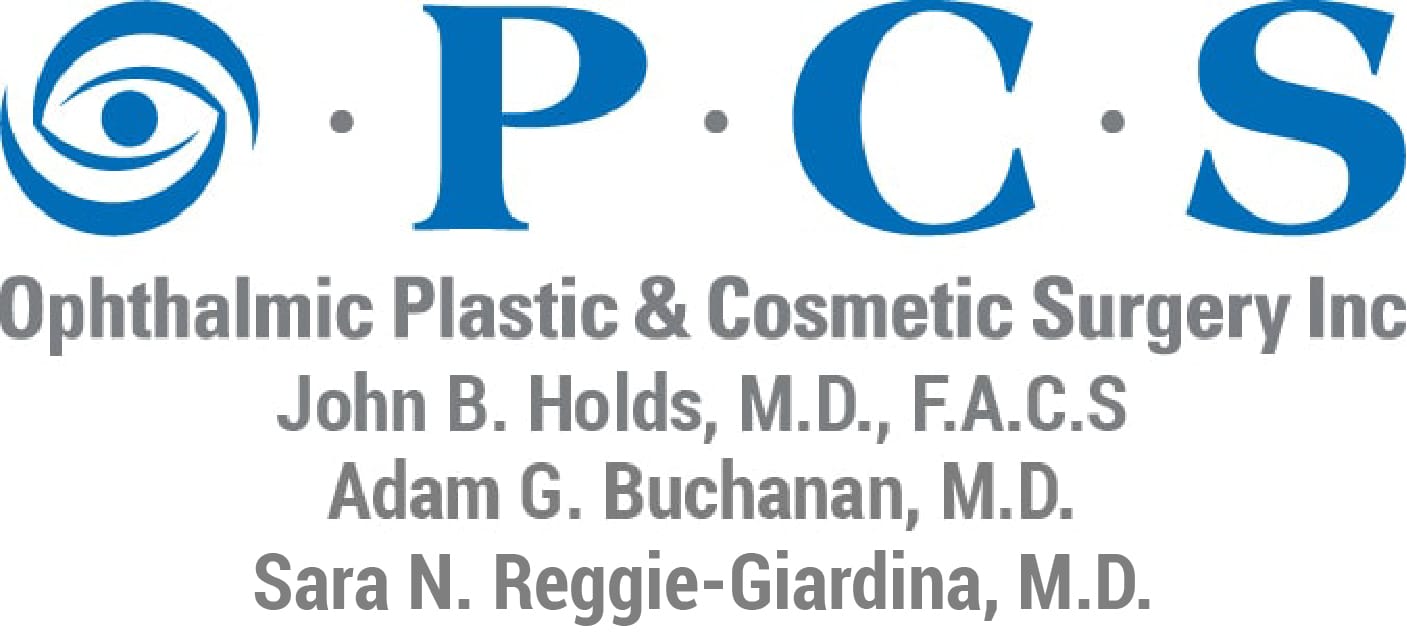Ptosis vs. Dermatochalasis: What’s Causing Your Droopy Eyelids?
- Posted on: Apr 30 2025
 Do your eyelids feel heavy? Do they make you look tired even when you’re well-rested?
Do your eyelids feel heavy? Do they make you look tired even when you’re well-rested?
Drooping eyelids can affect appearance and vision, but not all cases are the same. Two common disorders – ptosis and dermatochalasis – are often mistaken for each other. While they both cause sagging, they stem from different underlying issues.
The skilled oculofacial surgeons at Ophthalmic Plastic & Cosmetic Surgery Inc. specialize in cosmetic and reconstructive surgery for the eyelids and surrounding structures. With decades of experience, they regularly evaluate and treat conditions like ptosis and dermatochalasis.
What Is Ptosis?
Ptosis occurs when the levator palpebrae superioris muscle, which lifts the eyelid, weakens. This can happen due to:
- Aging: The levator muscle naturally stretches over time.
- Neurological conditions: Disorders such as myasthenia gravis can lead to muscle weakness.
- Congenital ptosis: Some individuals are born with underdeveloped levator muscles.
- Trauma or previous eye surgery: Injury or complications from past surgeries can impact muscle function.
Common signs of ptosis include one or both eyelids seeming lower than usual and difficulty keeping the eyes open. Obstructed vision can also develop in severe cases.
What Is Dermatochalasis?
Dermatochalasis is often mistaken for ptosis. It involves excess skin and fat in the eyelid area due to aging or genetics. Unlike ptosis, this issue doesn’t include the eyelid muscle. Instead, it results from reduced skin elasticity.
Signs of dermatochalasis include:
- Loose, sagging skin on the upper eyelids
- Puffiness or bags under the eyes
- A heavy sensation in the eyelids, especially later in the day
- Visual obstruction if the excess skin hangs over the lash line
How Are Ptosis and Dermatochalasis Treated?
The best treatment depends on what’s causing the eyelid to droop.
Ptosis repair surgery tightens or repositions the levator muscle. This raises the eyelid to a normal position.
Conversely, blepharoplasty (eyelid surgery) is often recommended for dermatochalasis. The procedure removes skin and fat to restore a youthful, refreshed look.
Find Out What’s Causing Your Droopy Eyelids
If sagging eyelids interfere with your eyesight or appearance, a professional evaluation is the first step toward finding a solution.
Schedule a consultation at Ophthalmic Plastic & Cosmetic Surgery Inc. to explore your treatment options. Call one of our three locations in Missouri today: 314-567-3567 (St. Louis), 636-706-5500 (St. Peters), or 636-548-0908 (Arnold).
Posted in: Ptosis Repair

